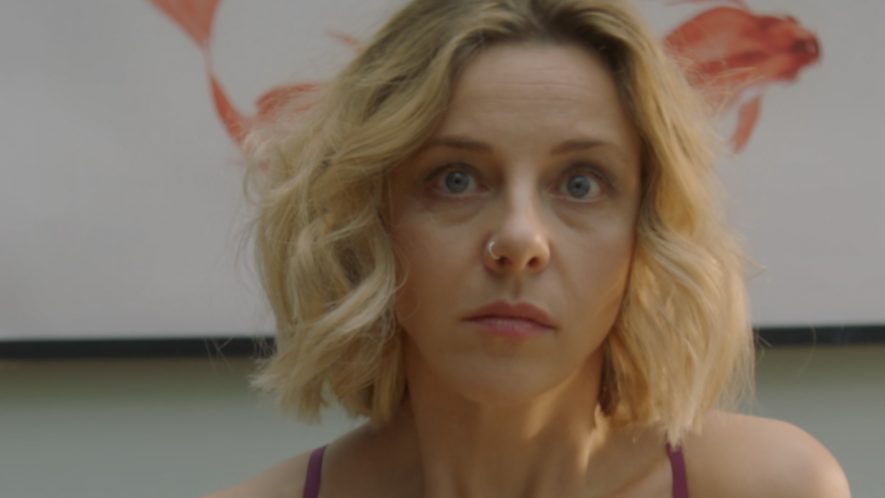I Just Got Into Short Films: Cinematography

Cinematography is the art and science of capturing moving frames through space, light, and scale through a camera – using a conscious arrangement of variables. These include the quality of the film stock, the manipulation of the camera lens, framing, scale and movement.
In layman’s terms, a cinematographer is the photographer of a film. The cinematographer must integrate every single visual element in filmmaking (from set design, production, costume, and direction) to compose an image that is aesthetically compelling and narratively meaningful.
Cinematography is both an art and a science. It is not just a point and film. The rules of physics and geometry must be mastered to establish control over an image: to manage the relationship between light and subject, the focal length of a lens, and the camera’s capacity for motion. However, cinematography is a creative process in which every technical choice must harmonize with the emotional elements of a story.
Colors, composition, and lighting must inform the story: for example, using a neon-blue filter to convey desolation and despair, an overhead shot to express the position of bodies, or a shaky camera movement to show instability.
Of course, there are firm rules for cinematic composition – and cinematographers must know them, in order to master their art. However, they must also know the rules in order to break them – to manifest the most unique, powerful vision.
It is about showing a story, not telling it.
ARGO has collected a series of 6 Short Films that boast impressive cinematography using varying techniques and motivations. Check out the playlist now: I JUST GOT INTO CINEMATOGRAPHY
1)LIPSIDOS
SYNOPSIS: Líspidos tells the story of Rosa and Blanca, a woman and her daughter that live on the shore of Veracruz and face the adversities of hurricane Andrea.
CINEMATOGRAPHY: Julián Alvarez
TECHNIQUES
Medium Shots (to maintain focus on character in beach setting)
Shot Lens out of focus (to blur line of reality)
Muted color palette (to emphasize the feeling of desolation)
2) OASIS 
SYNOPSIS: In Covid-struck Mexico City, many women gave in-home births. The Director leaves the confinement of her home to be an intimate witness of Life.
CINEMATOGRAPHY: Faride Schroeder Lases
TECHNIQUES
Low Contrast (to emulate the aesthetic of in-home confinement)
Vertical framing (to give sense of claustrophobia)
Muted pastel palette, muted pinks ( to denote femininity, beauty, and innocence)
3) INFERNO
SYNOPSIS: An explosive portrait of the lives of artisans and their families in the lead up to the festival of San Juan de Dios, when blazing revelry and fireworks engulfs the town.
CINEMATOGRAPHER: Galo Olivares and Andres Arochi
TECHNIQUES
Lowkey Lighting (to capture the bursting lights and film noir in the nighttime)
Mix of Extra Wide-Shots and Close Ups (to show discrepancies between dreamy landscapes and intense emotion in the actors)
Hand-Held Camera (to give intimate perspective of a chaotic event)
4) PRENDS-MOI (Take-Me)
SYNOPSIS: A nurse working in a center for the disabled must confront his principles when he’s asked to accomplish a particular (sexual) task.
CINEMATOGRAPHER: André Turpin
TECHNIQUES:
Tilted camera movement (in order to capture the entanglement of bodies)
Intense Fill Lighting (to remove any shadows and make it easier to see exactly what is going on in the scene)
Intense White/Cyan (to convey sterile environment of the nursing center)
5) BROTHERHOOD
SYNOPSIS: The film explores the tensions within a Tunisian family when a man who has been away for several years returns home with a new Syrian wife who wears the full niqab. A father must grapple with the difficulty of knowing that his son has been working for the Islamic State of Iraq and the Levant. His morals are put to the ultimate test: will he chose his country or his family?
CINEMATOGRAPHER: Vincent Gonneville
TECHNIQUES:
Emphasis on the color red (to convey bloodshed and passion)
Extreme Close Ups (to express the pain felt by the family)
Establishing Shots (to show the wide expanse of isolation, from beach, farm, and desert)
Tight Aspect Ratio (to add to sense of pressure and disorientation)
6) STAY AWAKE, BE READY / Hãy tỉnh thức và sẵn sàng
SYNOPSIS: Three young men dining in the bustling streets of Vietnam get interrupted by a near motorbike crash. Onlookers react to the crash with indifference, and are only interested in photographing a seriously injured motorbiker. A young boy is undisturbed, instead focusing on his fire batons and scavenging for money. The film explores lawlessness and chaos, which seem to be expected in the Vietnam streets.
CINEMATOGRAPHER: Dinh Duy Hung
TECHNIQUES:
Static Camera (to juxtapose against the frenzy of the scene)
Imbalanced Symmetry (to highlight the arbitrary destruction of peace)
Saturated Reds/ Greens (to denote danger, violence, and environment)















